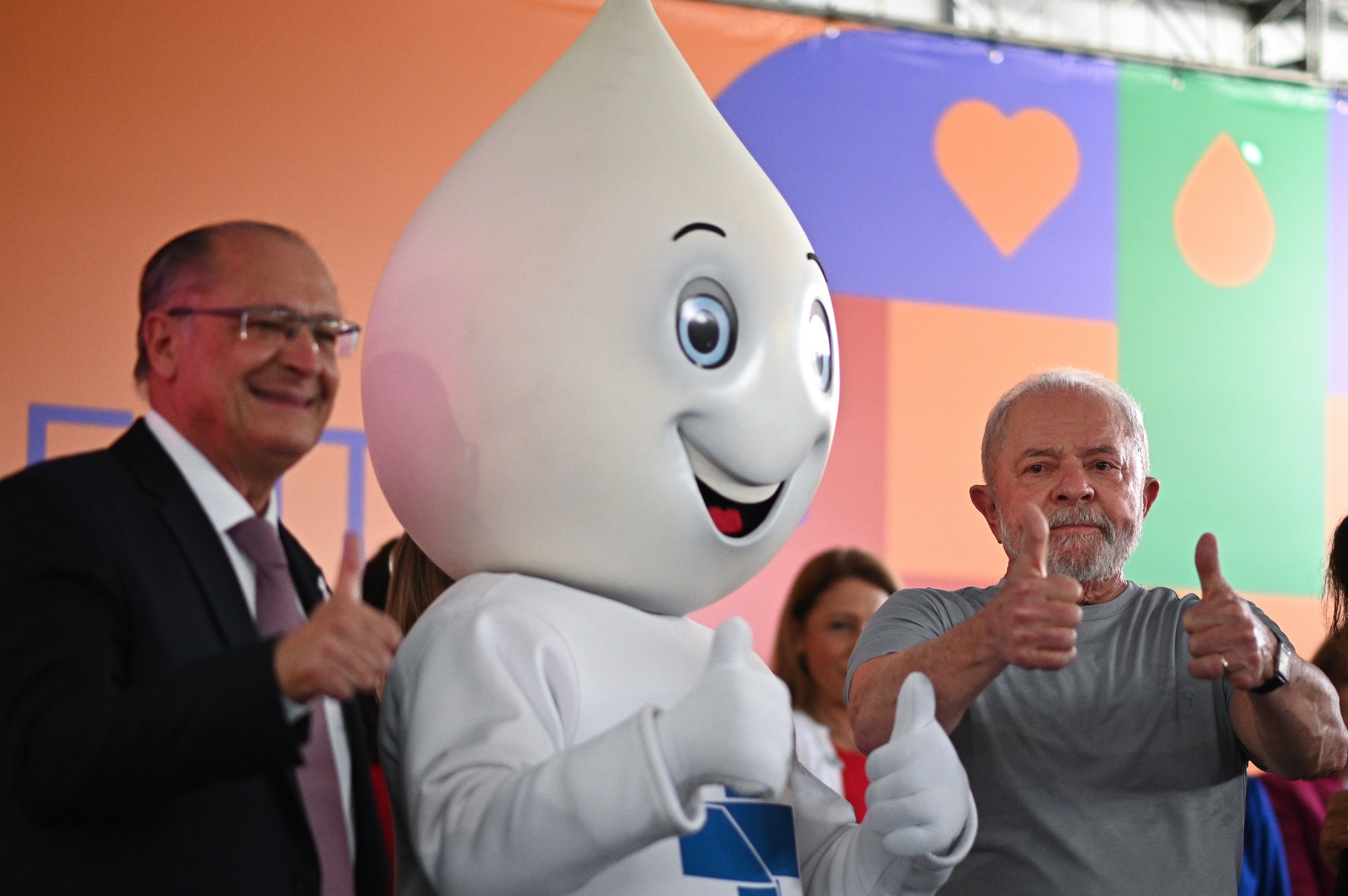© Turkuvaz Haberleşme ve Yayıncılık 2026
During the COVID-19 pandemic, Sao Paulo proclaimed itself as the "world's vaccination capital" and has since demonstrated this title by inaugurating a vaccination museum.
Visitors can learn about how the human immune system works, the ways vaccines have been developed over the years and what vaccination means for humanity, in a largely interactive process.
The museum building – extending some to the 550 square meters – is part of the renowned research institution Instituto Butantan.
The idea emerged before the pandemic, as vaccination has a proud tradition in Brazil and other South American countries including Argentina. But the museum gained a special significance once COVID-19 broke out.
Brazil’s then-president Jair Bolsonaro downplayed the virus and even questioned whether being vaccinated made any sense at all. The state of Sao Paulo, on the other hand, cooperated with the Chinese pharmaceutical company Sinovac and the Instituto Butantan produced Coronavac.

By November 2021, Sao Paolo said all adult residents had been fully vaccinated against the virus. South America’s largest city has a population of more than 12.3 million, according to estimates.
Durimng the inauguration of the museum on Wednesday, the governor of Sao Paulo and infrastructure minister under Bolsonaro, Tarcísio Freitas, said he had always believed in vaccination.
He also called jab mascot Ze Gotinha “the most sympathetic figure of any vaccination campaign.”
Ze Gotinha, whose name translates as “Droplet Joe,” is a mascot created in Brazil to promote vaccination campaigns, originally against the polio virus. He then featured in campaigns in the 1980s, 1990s, and 2006 to raise awareness among parents and youngsters alike about why vaccination matters – as well as preventive measures.
